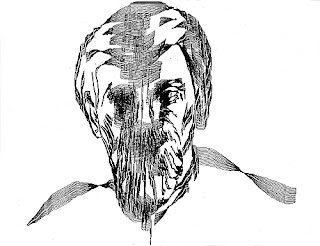Fabio Sasso is a graphic and web designer from Brazil. He
has a degree in graphic design, but he quickly began working in web design as
web was becoming accessible in Brazil. He has a blog, Abduzeedo, which has
become very popular for its tutorials and inspirations. He also has a company
with Fabiano Meneghetti in which they design websites for companies. He is
currently working as a designer for Google.
blog, Abduzeedo, has brought Sasso a lot of recognition.
It was created originally following Sasso’s experiments with design and has
grown from there. It offers tutorials in programs like Photoshop and
Illustrator, offers inspiration in areas like architecture, illustration,
typography and more. It also features interviews with various artists. It is a
great place to find inspiration. In the design of the site itself, you scroll
down the page to view different recent posts and they are arranged in rows of
two, with fairly large thumbnails and small previews of the text. Also, at the top of the index page is the
featured daily inspiration, which is chosen by the writers and users of the
site. It is a very colorful and playful site that is really easy to navigate,
which is what Sasso is about. He is about the usability of a site, but still
with a creative flare and design.
On his persona website, on the index page, he has an image
of himself at the top, with his name in big, bold letters next to it. He has a brief
biography and some thumbnails of his graphic design work, which you can click
on. Also, on the left side of the page is his most recent Tweet, which I imagine
changes every time he tweets. It is very simple but it offers many links to
other sites and social networks so that you can learn more about him and see
his work.
Citations:































